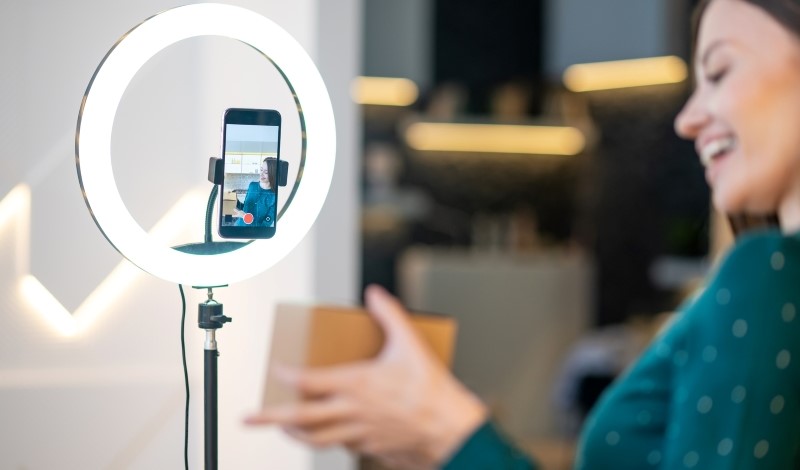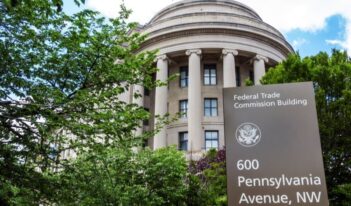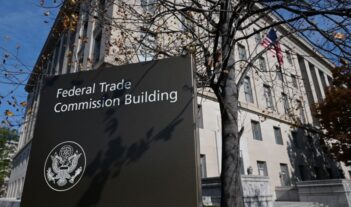
Scholars posit that analyzing TikTok content can help regulators monitor trends in online consumer finance.
#brokebuthappy. This worrisome hashtag is now common on TikTok, often posted alongside reviews of products purchased with installment financing platforms, such as Klarna, Affirm, or Afterpay.
Some scholars posit that analyzing the uses of this hashtag, and others like it, could provide regulators with much-needed insights into these platforms’ influence on consumers and their spending habits.
In a recent paper, three scholars argue that financial regulators can leverage social media content analysis, such as hashtag analysis, to monitor the consumer finance market and identify early warnings of consumer protection risk. Specifically, they focus on the new online shopping phenomenon known as “buy now pay later” financing, wherein a customer purchases an item by spreading out the total price into multiple payments—typically four—over time, usually with the promise of no interest.
According to the paper—authored by Nikita Aggarwal at the UCLA Institute for Technology, Law, and Policy, D. Bondy Valdovinos Kaye at the University of Leeds, and Christopher Odinet at the University of Iowa—buy now pay later, or BNPL, is an option adopted by many online retailers.
Aggarwal, Kaye, and Odinet chose to study BNPL because it is a “paradigmatic example” of an area where regulators are “playing catch-up” with financial technology. In addition to its rapidly growing general prevalence, BNPL, like TikTok, is especially popular with Millennial and Generation Z consumers. Studying BNPL may provide extra insight into younger markets that traditional methods of consumer finance do not typically reach, Aggarwal, Kaye, and Odinet note.
BNPL has already attracted attention from financial regulators, such as the Consumer Financial Protection Bureau (CFPB), that have expressed apprehension that BNPL is not currently regulated. BNPL products claim to be “cheaper, safer, and more convenient alternatives” to other lines of credit, “particularly for low-income and low-FICO score consumers”—but their true impact on these consumers has yet to be seen, according to Aggarwal, Kaye, and Odinet.
A recent survey conducted by the Board of Governors of the Federal Reserve System found that most consumers use BNPL because they would not have been able to afford the purchase without it. The survey also showed that 15 percent of people who used BNPL in the last year were late in making a payment and that this proportion was notably higher among people with low incomes and weak credit ratings.
This latter finding by the Federal Reserve Board relates to worries around claims made by BNPL offerors that they do not charge interest or collect hidden fees. Aggarwal, Kaye, and Odinet note that these claims are only true if consumers make all their payments on time. If consumers miss a payment, offerors will charge late fees, Aggarwal, Kaye, and Odinet explain.
But Aggarwal, Kaye, and Odinet note that, because BNPL is new, not much empirical evidence has been collected on its effects on consumers outside of the Federal Reserve Board’s survey.
To supplement this lack of data, Aggarwal, Kaye, and Odinet point to the wealth of information about consumers’ opinions of BNPL products that can be found on TikTok.
Several financial influencers on TikTok warn that these products can lead to overconsumption, unaffordable borrowing, and consumer over-indebtedness. For example, one TikToker created a post claiming “things have just gotten real” upon realizing that payments on $1500 worth of purchases were more than they could afford.
In addition, Aggarwal, Kaye, and Odinet found evidence of consumer practices, such as strategic default and arbitrage, that, they argue, raise serious concerns about consumer protection and market efficiency.
Aggarwal, Kaye, and Odinet contend that the CFPB should note the prevalence of questionable practices being reported on social media. They concede, though, that the design of BNPL as “payment services” rather than as credit products renders them currently outside the regulatory scope of the CFPB, which oversees enforcement of consumer credit laws.
Although this classification as a payment service means that the CFPB cannot regulate BNPL directly, the CFPB should still use social media analysis to assist with monitoring consumer financial markets generally, Aggarwal, Kaye, and Odinet maintain. They note that the data and methods presented by studies on BNPL products could help the CPFB stay keep abreast on trends in the consumer financial market and as well as broader issues facing consumers today.
Aggarwal, Kaye, and Odinet conclude that social media analyses, especially those conducted on TikTok, can give regulators valuable insights into the financial views and habits of Millennials and Generation Z, a notoriously difficult-to-reach market. They argue that, with better data and monitoring practices, financial regulators such as the CFPB can understand these younger consumers better and protect them from being #brokebuthappy.



